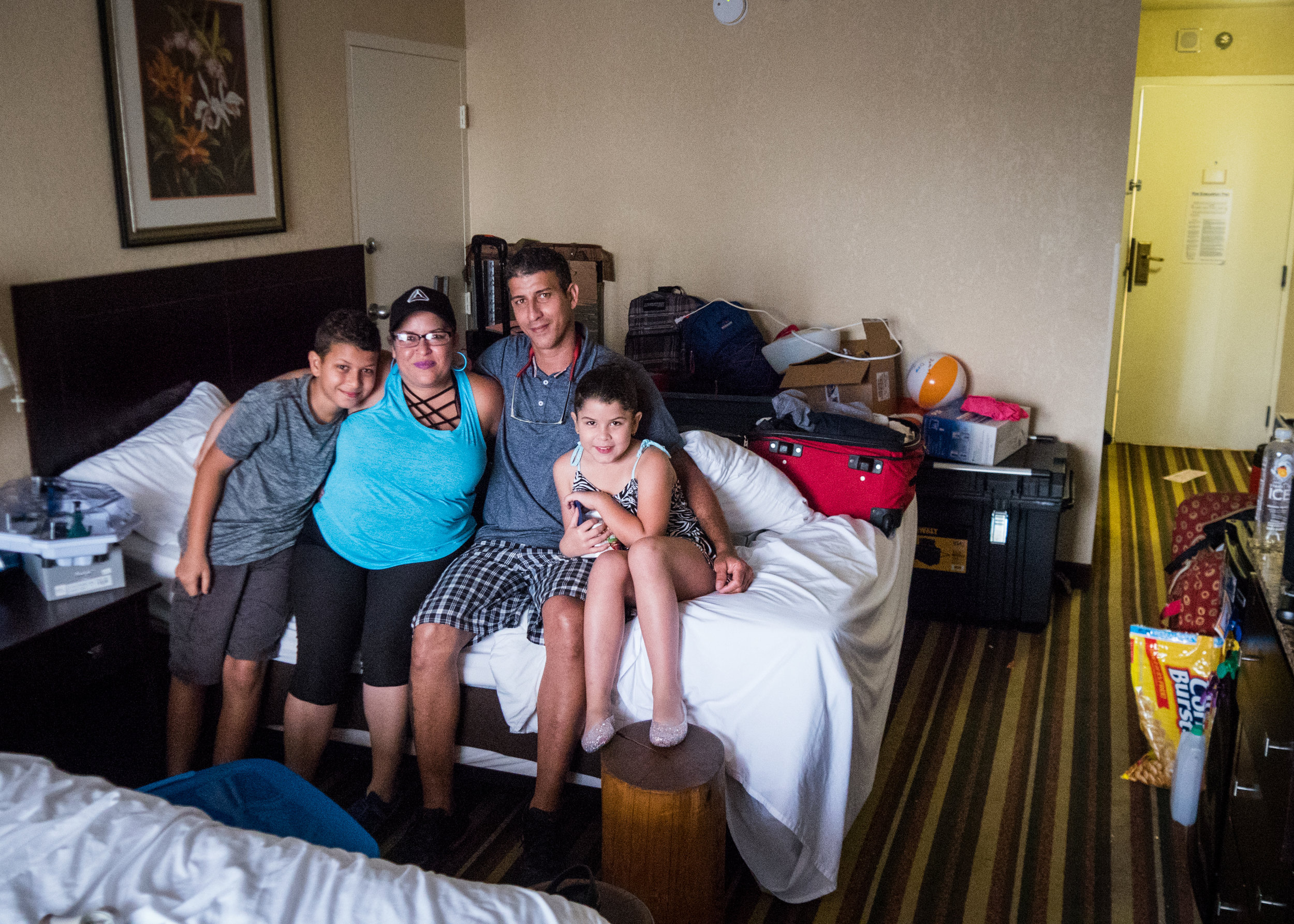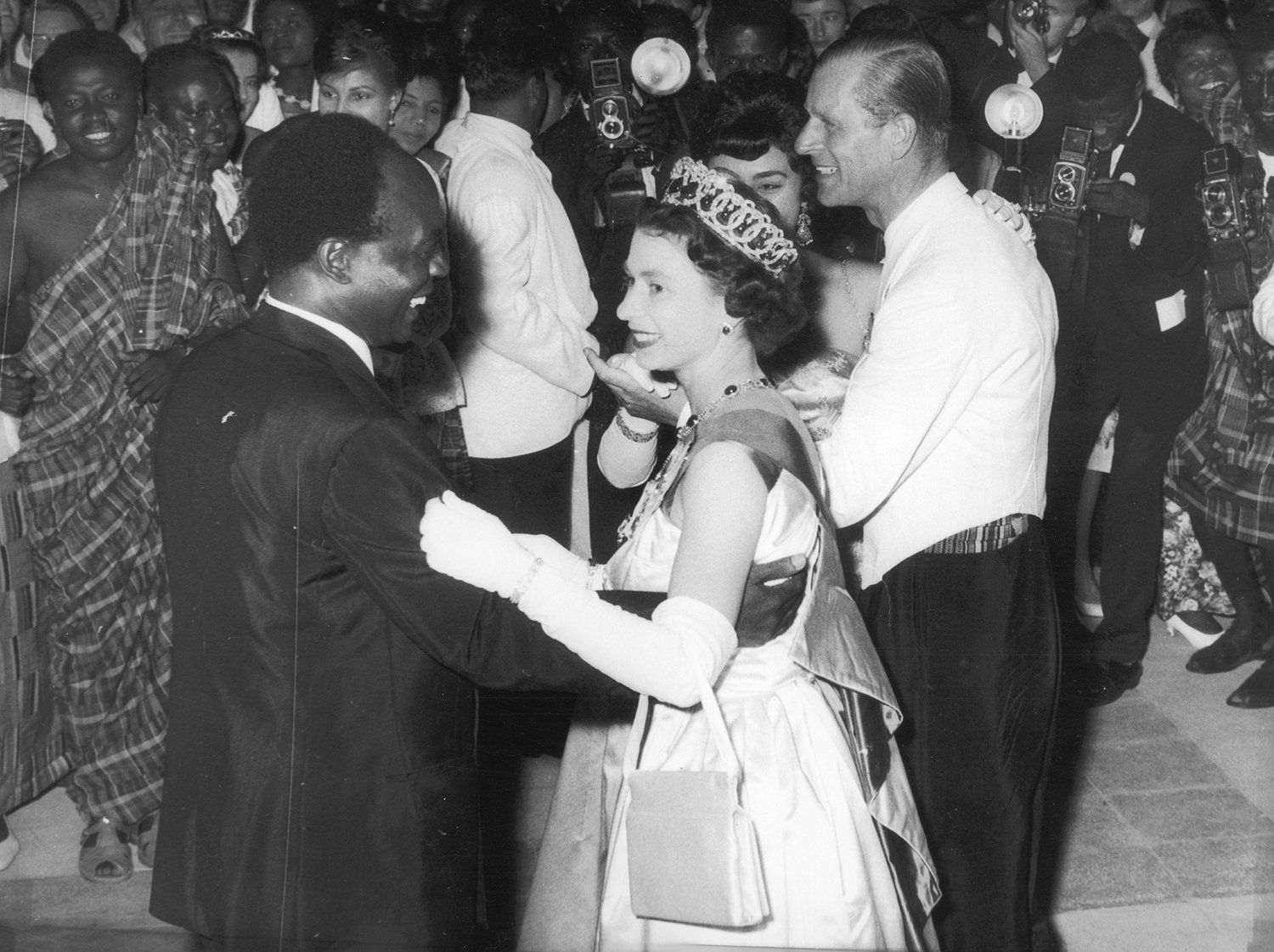NPR: What It Will Take For Trump To End AIDS 'Beyond' America
The president's record on addressing the virus in other countries has been inconsistent.
A staffer at the Right to Care AIDS clinic in Johannesburg administers an HIV test on a young boy. South Africa is one of the countries that receives funds from the U.S. President's Emergency Plan for AIDS Relief (PEPFAR).
Gallo Images/Getty Images
This story first appeared in NPR.
When President Trump gave his State of the Union address last week, he made an ambitious promise to "eliminate the H.I.V. epidemic in the United States within 10 years." The announcement was followed by a blueprint from the Department of Health and Human Services that details the administration's plan to concentrate funding for treatment and preventative medicine in a few dozen counties nationwide with the highest rates of infection. Public health experts generally applauded the plan as achievable with existing tools and techniques.
The announcement also contained a second, less-noticed promise: To defeat AIDS "beyond" the U.S. But the president's own record on addressing the virus in other countries has been inconsistent.
In December, Trump signed a bill reauthorizing the President's Emergency Plan for AIDS Relief, known as PEPFAR, a flagship foreign assistance program that was initiated in 2003 by President George W. Bush and has grown to be one of the biggest and most successful public health interventions in history, responsible for saving millions of lives around the world.
But in his budget proposal for fiscal year 2019, released this time last year, Trump called for more than $1 billion in cuts to PEPFAR and the Global Fund, an international public-private partnership that is the world's biggest funder of AIDS treatment and prevention programs, part of a broader package of cuts to foreign aid programs of all kinds. Those cuts are still embroiled in the ongoing budget negotiations that have shaken the capital since the beginning of the year. Jennifer Kates, director of Global Health & HIV Policy at the Kaiser Family Foundation, says Congress is expected to reject Trump's proposal as early as this week, and keep funding for foreign AIDS programs at roughly its current level.



















